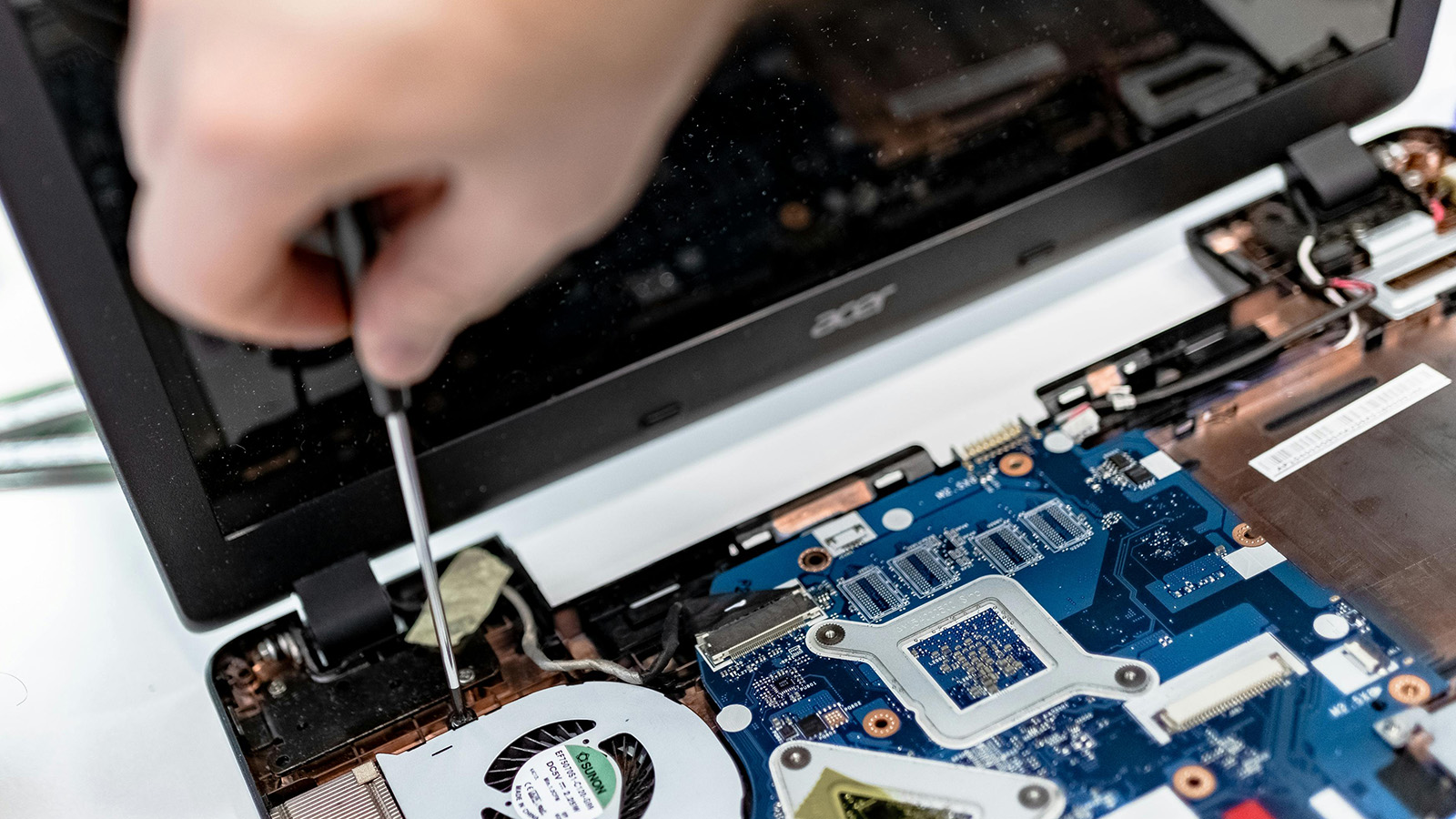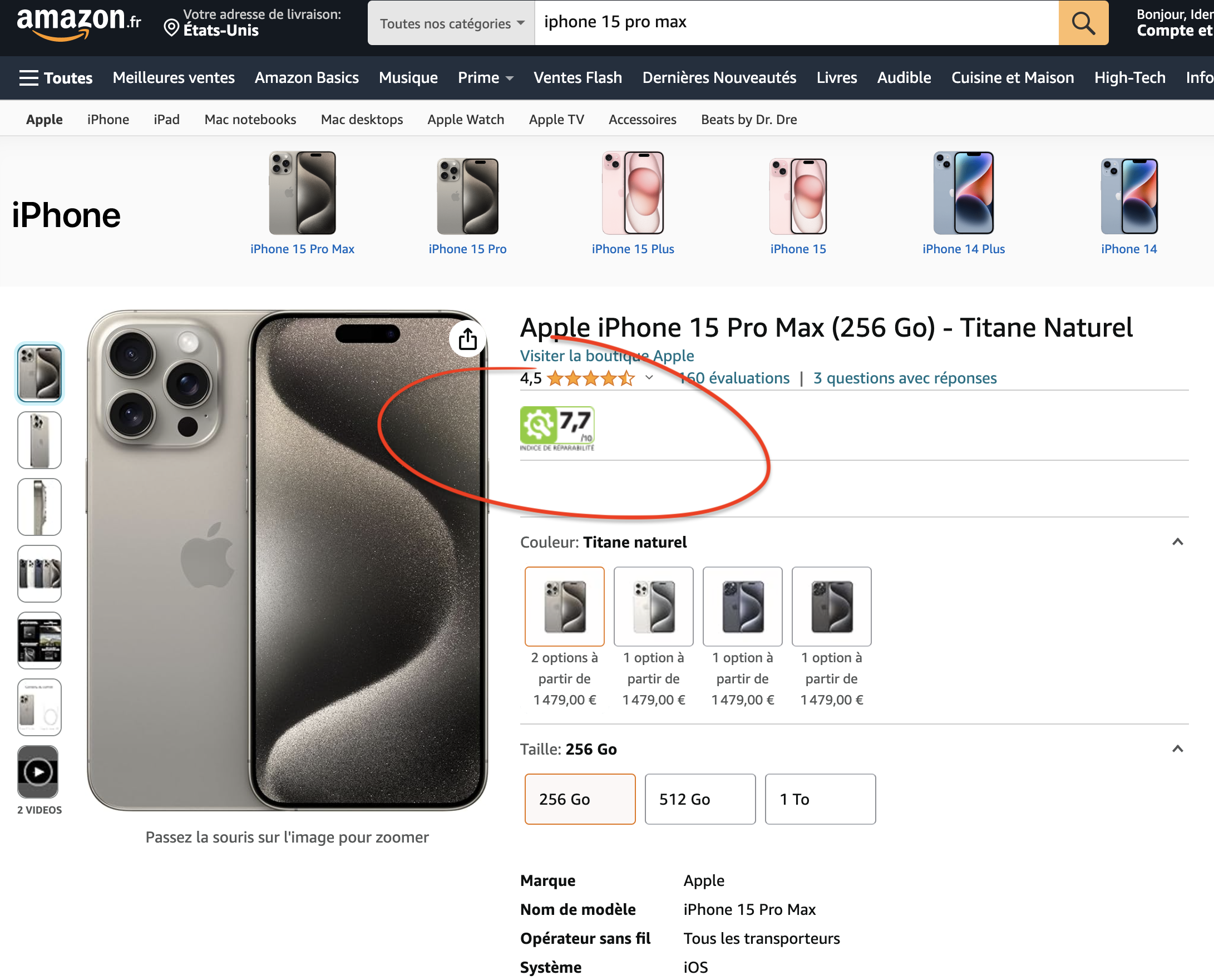
Why is it so hard to repair our stuff?
We generate way too much waste, and companies use their power in the marketplace to make things harder to repair. That’s the idea behind “Right to Repair” laws -- they check companies ability to limit repairs and empower us to fix our own stuff.
You buy stuff. It breaks or doesn’t work right. You could throw it away and buy new stuff, but you’d rather repair it. But then you find out you can’t do it yourself, you can’t even bring it to a third party repair shop. You have to bring it back to the original company, which can charge an arm and a leg because there’s no competition — and sometimes they just won’t fix it. And you decide to throw the thing away. Which means more waste going into landfills, and more cost to consumers.
We generate way too much waste, and companies use their power in the marketplace to make things harder to repair. That’s the idea behind “Right to Repair” laws — they check companies ability to limit repairs and empower us to fix our own stuff.
The recent headlines concerning Apple give us a recent example of why Right to Repair, or Fair Repair, reforms are needed. In an attempt to prolong battery life, Apple has used a software update to throttle processors in their older phones which causes noticeable slow-downs for the users. In response to public blowback, they have offered a discounted $29 battery replacement, but these replacements now have large waitlists, and most people don’t live close to an Apple store to have their phone repaired.
Third party repair shops could replace your battery, but they aren’t given the chance to use original parts, and don’t have access to the schematics and tools that Apple makes available to their own repair technicians.
We could make it easier, cheaper and more convenient to replace these batteries with the reforms in Right to Repair. There would be more opportunities for small businesses to offer repair services, and more consumer choice for repair. There would be more opportunities for electronics to have a second life after the first owner moves on to a newer device if older products were easier to refurbish. This also creates a low-cost way for some who are excluded from our digital economy to gain access.
According to a study on e-waste by the Illinois Department of Commerce and Economy Opportunity, 80% of the life cycle energy use of consumer electronics is from manufacturing, and only 20% is from use after that in terms of powering and recharging. It would stand to reason, that we could substantially reduce the negative environmental impacts of consumer electronics by lengthening their lifespan through repair.
Right to Repair legislation is currently pending in more than a dozen states across the country, which U.S. PIRG and our affiliates are working to support.
Topics
Authors
Nathan Proctor
Senior Director, Campaign for the Right to Repair, PIRG
Nathan leads U.S. PIRG’s Right to Repair campaign, working to pass legislation that will prevent companies from blocking consumers’ ability to fix their own electronics. Nathan lives in Arlington, Massachusetts, with his wife and two children.
Find Out More

Apple AirPods are designed to die: Here’s what you should know

Best laptops of 2024: The most repairable laptops and why it matters

Amazon displays repair scores for electronics in other countries. Why not here?
